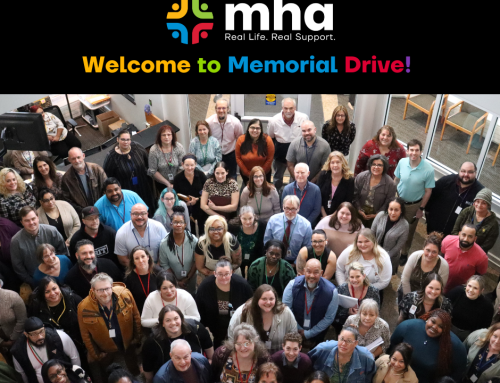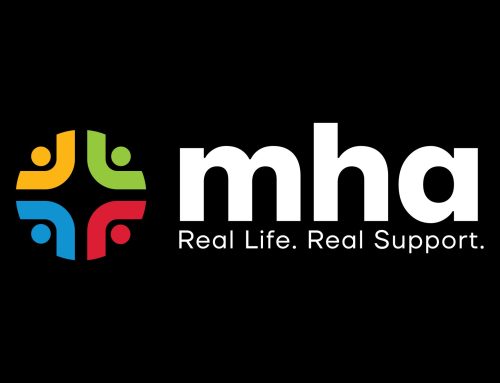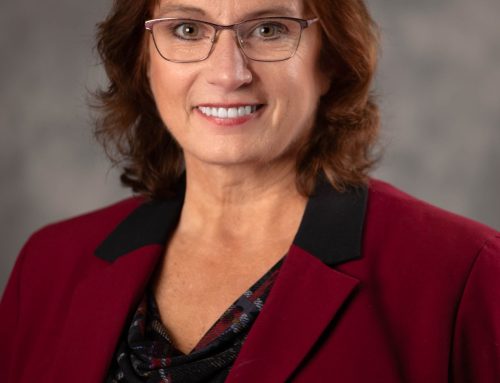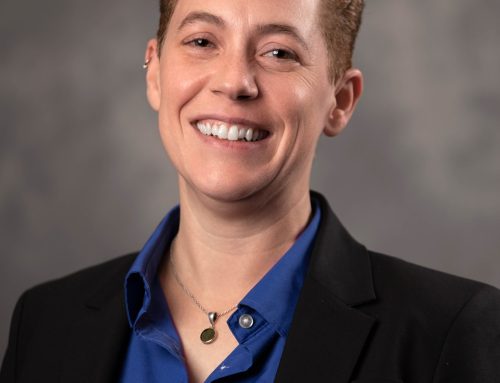When the Environment Is Right,
Recovery Is Not Only Possible, It’s Likely
By Christine Palmieri, Vice President, Division of Recovery and Housing
Mental Health Association
September is National Recovery Month. “Recovery” is a word that gets used a lot in the world of mental health and addiction services, sometimes so much so that I think we can easily lose sight of what it represents. As the Vice President of the Division of Recovery and Housing for the Mental Health Association, I often have the opportunity to talk to newly hired staff about the idea of recovery. We discuss what it means and what it can look like in the context of working with people who have experienced trauma, homelessness, psychiatric diagnosis and problems with substances.
When I ask new staff the question, “What does it mean to recover?” I frequently hear things like “getting better” or “getting back to where you were” or “having a better quality of life.” Although I tell staff there are no wrong answers to this question, secretly I think there are. They’re common and easy, but insufficient.
As with many things, I think it’s easier to talk about what recovery is by defining what it isn’t. For me, recovery isn’t a cure. It isn’t a finish line or a place that people get to. It isn’t a goal that can be neatly summarized in a treatment plan. I believe that recovery is a process that is unique and intimately personal to the individual going through it. Ultimately though, I think the answer to the question “What does it mean to recover?” should be “It isn’t for me to say.”
As providers of services, or as loved ones, community members and policy makers, I don’t believe it’s up to us to define what recovery means or looks like for people going through it. Each person needs to examine and define what it means to them. For the rest of us, I think the more important question is “What makes recovery possible?” When the question is posed this way, we are able to engage this idea of recovery in a much different and more productive way. This question offers the opportunity to share the responsibility and partner with those we support.
The analogy of a seedling is often used when describing this process of recovery, and one that I use when I talk to our new hires about their roles and responsibilities as providers of service. Seeds are remarkable little things. For me they represent unlimited potential. A seed no bigger than a grain of rice contains within it everything it needs to grow into a giant sequoia. But no seed can grow without the right environmental conditions. No amount of force or assertion of control can make a seed grow. It needs the right soil, the right amount of water and the right amount of light to sprout and take root.
In the same way, I believe that within each person who has experienced trauma, homelessness, psychiatric diagnosis or problems with substances, there lies unlimited potential for growth, and each person needs the right environment for the process of recovery to take place. As providers, loved ones, community members and policy makers, we very often control that environment. Metaphorically, we provide the soil, the water and the light:
• Soil is the place where recovery begins. It offers a place for the seed to grow roots, to gather strength, security and safety. Soil is what keeps trees rooted tightly to the ground through storms. It is our responsibility to offer environments where people in recovery feel safe and secure, to try out new ways of coping and new ways of managing the difficulties and challenges that life presents to all of us.
• Water provides a seedling with essential nourishment. As providers, loved ones, community members and policy makers, we need to find ways to support people in recovery to discover what truly nourishes them. The work of recovery is hard. It requires taking risks and feeling uncomfortable. We cannot do the work of recovery for anyone else, but we can and we should work to help people in recovery find the supportive relationships, the meaningful roles, and the reasons to do that hard work.
• Light provides the energy necessary for growth. In recovery, I believe that light is offered through the hope and understanding that every person has within them the potential to live a full and active life in the community, whatever that means for them. As providers, loved ones, community members and policy makers, we have the responsibility to be what my colleague Sara Kendall refers to as “hope holders.” It is our role to shine the light of hope for people who have experienced discrimination, loss of power and control, and in many cases a loss of their identity. We hold this hope and offer this light because we know, without question, that recovery, however it is defined, is not only possible, but is happening, right now, all around us.
People we love, people we work with, people we support and indeed many of us are shining examples that when the environment is right, recovery is not only possible, it’s likely. During National Recovery Month, I hope you will join me and my colleagues at MHA in celebrating those stories and looking closely at how you, whatever your role, tend to the environment of those in recovery in your life.
About MHA:
What We Do
MHA (Mental Health Association) helps people live their best life. We provide access to therapies for emotional health and wellness; services for substance use recovery, developmental disabilities and acquired brain injury; services for housing and residential programming, and more. With respect, integrity and compassion, MHA provides each individual served through person-driven programming to foster independence, community engagement, wellness and recovery.
